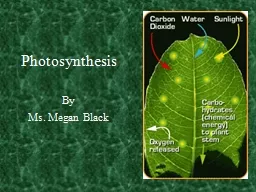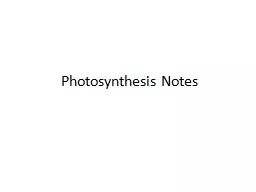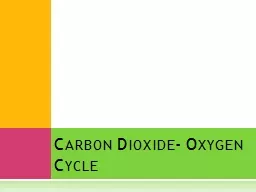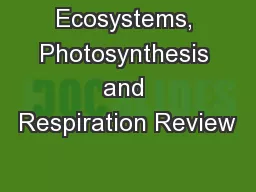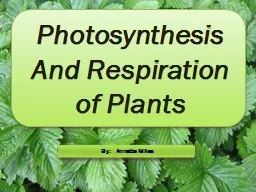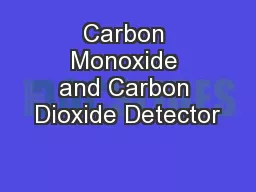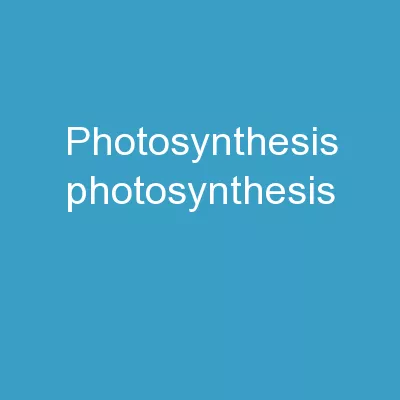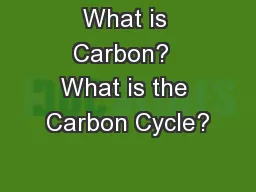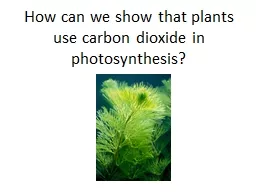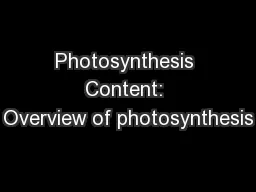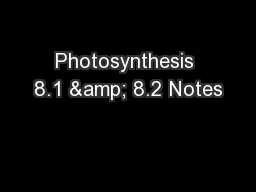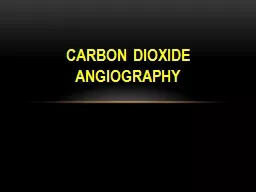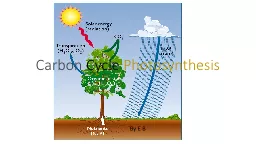PPT-Directions: 1. Read through the experiment, which looks at proving that a plant uses carbon
Author : luanne-stotts | Published Date : 2019-11-04
Directions 1 Read through the experiment which looks at proving that a plant uses carbon dioxide CO2 during photosynthesis 2 Answer the questions on the last slide
Presentation Embed Code
Download Presentation
Download Presentation The PPT/PDF document "Directions: 1. Read through the experime..." is the property of its rightful owner. Permission is granted to download and print the materials on this website for personal, non-commercial use only, and to display it on your personal computer provided you do not modify the materials and that you retain all copyright notices contained in the materials. By downloading content from our website, you accept the terms of this agreement.
Directions: 1. Read through the experiment, which looks at proving that a plant uses carbon: Transcript
Download Rules Of Document
"Directions: 1. Read through the experiment, which looks at proving that a plant uses carbon"The content belongs to its owner. You may download and print it for personal use, without modification, and keep all copyright notices. By downloading, you agree to these terms.
Related Documents


